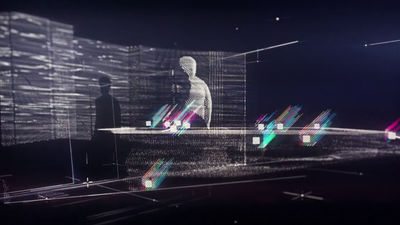Cameras that have pursued high image quality will evolve in the direction of "taking invisible things" in the future

The digitized camera technology has continued to evolve to enhance "image quality" such as high pixel count. However, in the future, it is expected that camera technology will evolve technically even from the viewpoint of "seeing things that can not be seen directly" which is a vector different from the image quality.
The next generation of cameras might see behind walls
https://theconversation.com/the-next-generation-of-cameras-might-see-behind-walls-90258
A typical digital camera uses a sensor with many light receiving elements (pixels) to capture the scene illuminated by a single light source. On the other hand, "single pixel camera (1 pixel camera)" records light information with one pixel as its name implies.
With single pixel cameras, there is a major disadvantage of having to obtain light information from many lights to make one image. However, by using a single-pixel camera, even when the foggy or snowfall is occurring and the visibility is bad, the subject is clearly displayedTechnologyHas been developed. Also, as with the visual system of animals, increasing part of the resolution can increase the amount of information according to the situationTechnologyAnd others are being developed.
Furthermore, the technology of single pixel camera and "Quantum entanglement"By combining the concept of" studies to obtain images of photographic subjects from photons that do not interact with the subject are also being done.
As a direction different from the single pixel camera, "multi-sensor imaging" technology is also being developed. It is a Hubble Space Telescope that combines multiple images taken at different wavelengths from multi sensor imaging to obtain a composite image. A typical example is the Hubble Space Telescope. Not only the space telescope,LytroMulti-sensor imaging is also utilized to change from after focus like.
LYTRO ILLUM "has been evolving more than the former" Lytro "- freely adjustable after focusing and exposure adjustment - GIGAZINE

In this way, another camera technology has been developed, which is different from raising the image quality, and on this extension line, there is also an expectation that a new technology called "see invisible things" will be applied to the camera. For example, at Heriot-Watt University, we are developing a technology to detect hidden objects at the end of a corner.
Laser camera can track hidden moving objects around corners | New Scientist
https://www.newscientist.com/article/dn28628-laser-camera-can-track-hidden-moving-objects-around-corners/
The camera's mechanism of viewing objects hidden using a laser is explained in the following movie.
Seeing around corners using lasers - YouTube
The research team of Dr. Daniel Fasio of Heriot-Watt University is conducting research on cameras that display subjects hidden in the corners.

It is an attempt to detect objects that are blocked by corners and can not be seen directly.

I use "laser" to see hidden objects
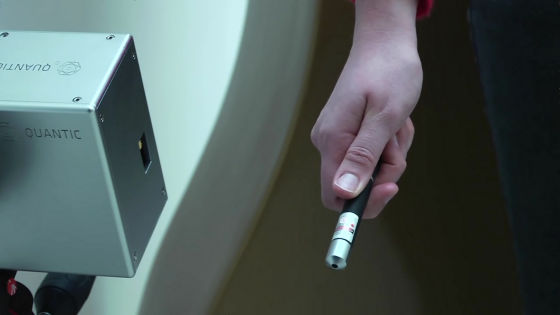
I irradiate the floor with a laser pointer.

From the laser that reached the floor, a very small amount of photons will reflect like a sphere like an echo and spread.

Photons that are reflected and reached the object will be reflected again.
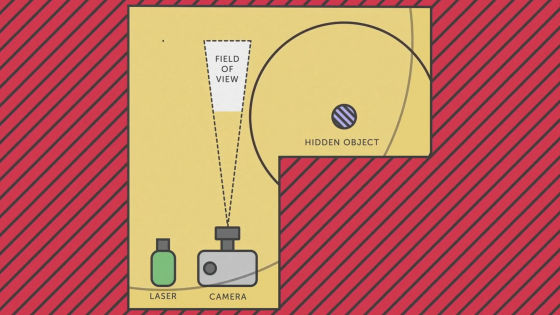
With ordinary cameras it is impossible to detect photons, but by using a special camera that can detect the position of a photon at 20 billion frames per second it detects the shape and motion of the object from the information of photons bouncing off the object It is trying.
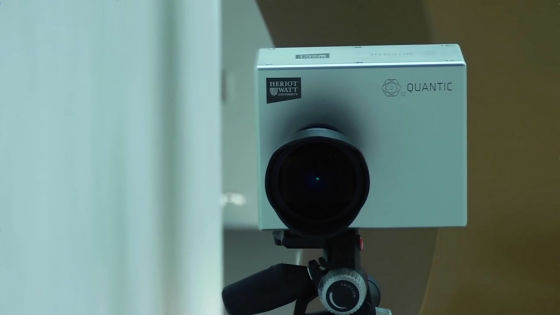
The position of the object can be calculated from the "difference" of the signal of the reflected photon from the laser pulse with the frequency of 67 million Hz.
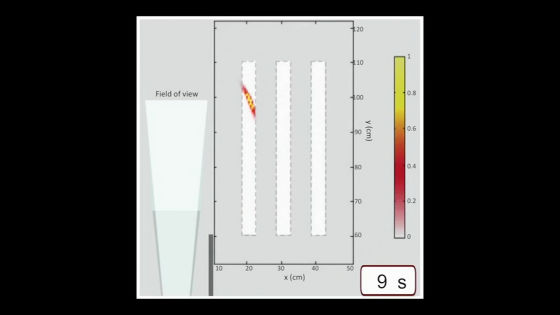
By developing this technology, it is expected to be applied to technologies to investigate buildings awaiting rescue and to detect automobiles that appear suddenly from invisible horns.
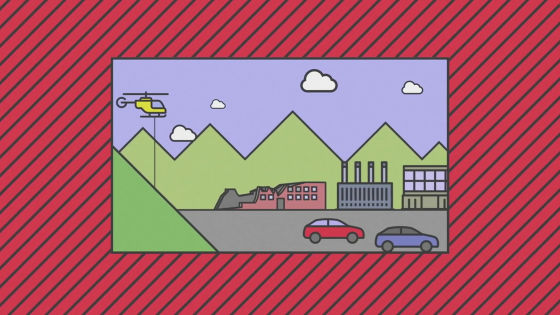
Related Posts:





